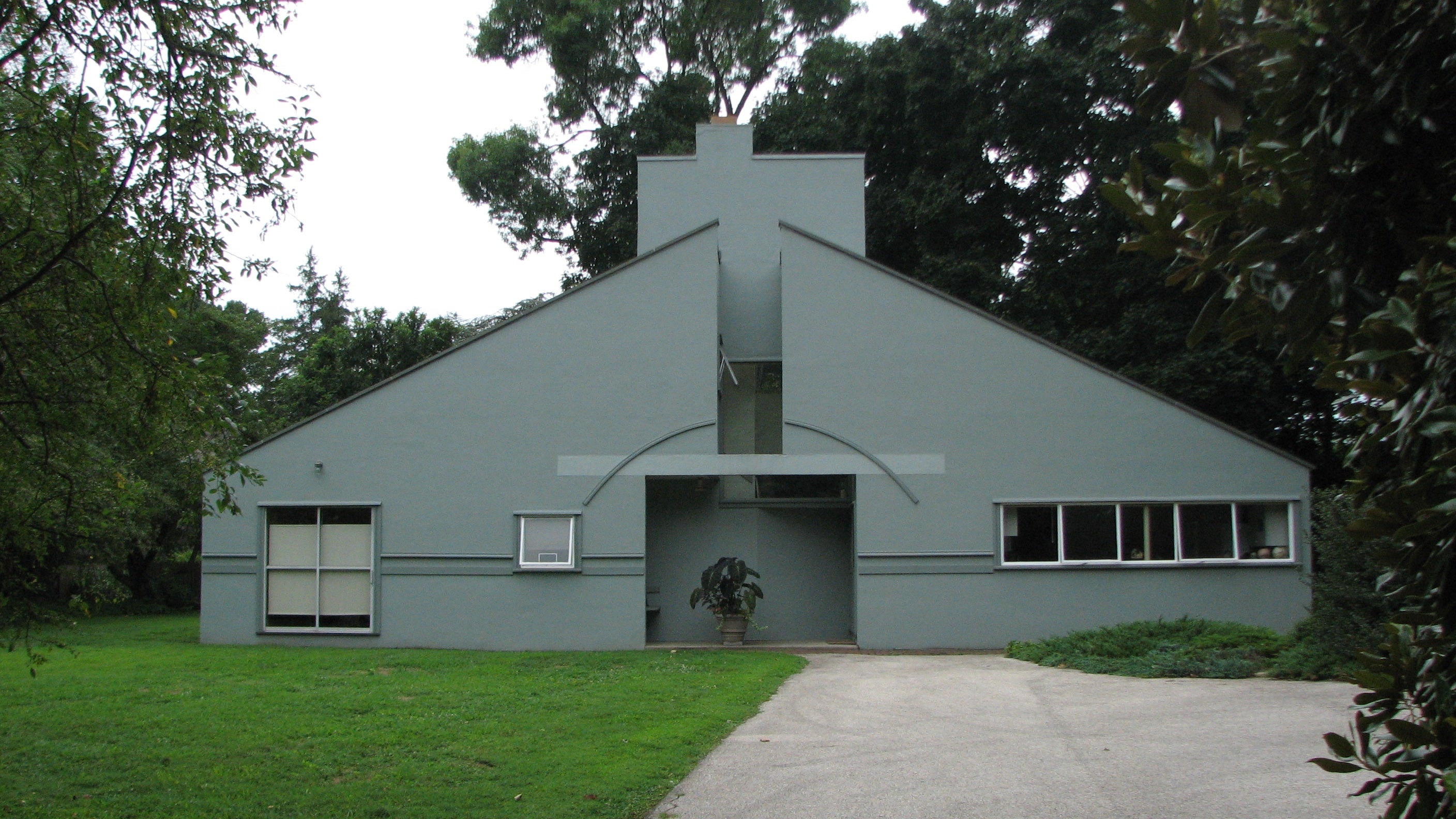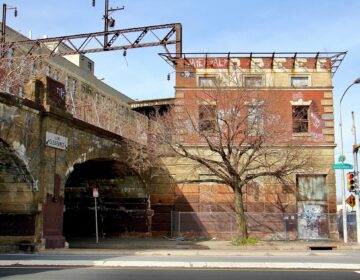Chestnut Hill to expand what qualifies as historic

Chestnut Hill is about to update its definition of “historic.”
Since the mid-1980s, the charming section of Northwest Philadelphia has been one of the largest historic districts on the National Register of Historic Places, with 2,700 buildings listed as significant resources contributing to its status. Anyone who has driven up Germantown Avenue and through its neighborhoods can understand the designation.
The Chestnut Hill Historical Society is now in the process of including more of its assets. A survey started last August and expected to be completed by December will likely add another 90 buildings erected since 1935, a trove of mid-20th century structures that includes nationally and internationally renowned designs and architects.
Among the revered mid-century homes of Chestnut Hill are the Margaret Esherick House, built in 1960, one of the few existing residential designs by Louis Kahn, and the Vanna Venturi House, built in 1962 by Venturi and Rauch for Robert Venturi’s mother. Dozens of other homes were designed by celebrated architects and firms, including Oskar Stonorov, Mitchell/Giurgola, Montgomery & Bishop, John Rauch, Kenneth Day, and Mark Ueland.
“It’s stunning to learn how many of them there are,” Lori Salganicoff, executive director of the Chestnut Hill Historical Society, said of the area’s modernist buildings. “But in order to update the list, we had to resurvey the entirely of Chestnut Hill.”
Field research
With a grant from the Preservation Alliance for Greater Philadelphia, the Historical Society enlisted the help of Philadelphia University students of architecture and historic preservation taught by associate dean David Breiner.
The university has a “signature learning approach” that involves real-world collaborative experiences, Breiner explained. “What better experience than helping a community learn about its architectural heritage?”
Breiner’s previous classes have documented the early industrial community of Rittenhousetown and historic buildings in Newtown Square. Chestnut Hill provided an opportunity for his students to examine the evolution of American architecture from Colonial to contemporary, Breiner said.
The 13 undergrads received a historic overview of Chestnut Hill from archivist Alex Bartlett and architectural historian Emily Cooperman. They were then divided into teams and began the field research trained and armed with materials by Anne Wertz, who is managing the survey project for the Historical Society.
Last week the students completed and submitted their review of the current conditions and any major alterations of the buildings, with red flags noted on significant changes to the historic resources. “Now more qualified people will focus on the issues they encountered,” Breiner said.
Historic continuum
The criteria for adding the mid-century buildings to the National Register are the same as for older structures, Salganicoff said. The measurements include excellent attention to craftsmanship, outstanding examples of work by a certain architect, historic factors related to a person or event, and significance to the local community. And the buildings must be at least 50 years old, a criterion the mid-century buildings now meet.
The updated survey will help the Historical Society provide recognition of the mid-century designs as historic buildings. “These buildings are an important part of our architectural heritage and the continuum that design matters” in Chestnut Hill, Salganicoff said.
“This also allows us to offer property owners access to the preservation easement program, which would allow them to put protections on their properties” in agreements with the Historical Society, she said. “Because they are nationally recognized, the owners can get some tax deductions for that protection.”
The Historical Society was founded at the time when the mid-century buildings were still new ideas on the local landscape, and the society’s mission began with saving a handful of early American buildings. In 1985, the effort to create a historic district began “so people could make good decisions about what’s appropriate to retain and what is not,” she said.
Revisiting and updating the survey is a “wonderful opportunity to talk about what the purpose of preservation is here, and what historic means. It has already generated interesting debate about why these buildings are special,” Salganicoff said. “That’s what we’re trying to do here more than anything else.”
WHYY is your source for fact-based, in-depth journalism and information. As a nonprofit organization, we rely on financial support from readers like you. Please give today.




